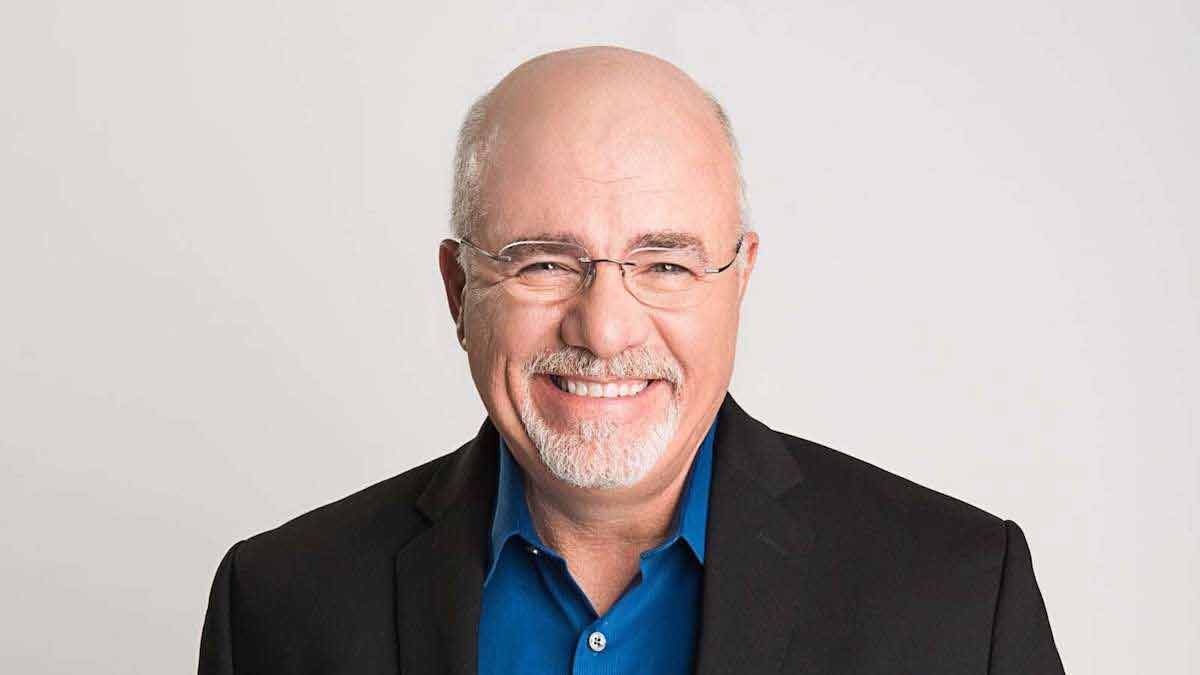In the realm of financial guidance, Dave Ramsey emerges as one of the most esteemed experts. With his charismatic demeanor and extensive expertise in personal finance, he has gained recognition through the publication of eight finance books. Ramsey’s influence extends further as he hosts “The Ramsey Show,” a platform where he dispenses practical advice covering topics ranging from budgeting to retirement. Additionally, he holds the position of CEO at Ramsey Solutions, his own thriving company.
One of Ramsey’s invaluable pieces of financial advice revolves around determining the appropriate allocation of funds for monthly mortgage payments, often the largest expense for many individuals. While experts may offer varying recommendations, Ramsey sets a cap at 25% of one’s income.
Ramsey’s rationale behind this suggestion is straightforward yet significant. By ensuring that mortgage payments do not exceed 25% of one’s earnings, individuals can cover their remaining monthly expenses without difficulty. This approach prevents the risk of being burdened with unaffordable or delinquent mortgage payments.
Also Check: Basic Income – How to Get $6,000 in Cash for a Year
It is essential to note that the 25% guideline applies to one’s net pay—the income remaining after deductions such as taxes, retirement contributions, or benefits have been subtracted. Ramsey emphasizes the importance of comprehending one’s home-buying budget and adhering to it, striving for a home that brings blessings rather than burdens. As Ramsey eloquently states on his website, “I want you to buy a home that’s a blessing, not a burden. And the only way to do that is to understand your home-buying budget and stick to it!”
To provide a practical example, Ramsey illustrates that if your monthly take-home pay after taxes amounts to $5,000, according to his 25% rule, you should limit your mortgage payment to a maximum of $1,250 per month. This figure encompasses the principal payment, property taxes, homeowners association (HOA) fees, and interest.
According to insights from The Motley Fool, if you earn $50,000 annually and reside in the high-cost state of California, you might initially assume that you can afford a monthly mortgage payment of $1,041 (although it is worth noting that finding mortgages at such rates in many California cities is challenging). However, after accounting for federal and state taxes, the remaining funds available for mortgage payments would only be approximately $830 per month. This scenario proves to be particularly unsustainable in California, whereas in other states with more affordable housing, the 25% ratio becomes a more realistic target.
Also Read: 13 Strategies to Pay Off Your Debt Faster if You’re Close to Retirement
Also Read: Feds Take Action Against Florida Restaurant for Stealing Servers’ Tips
While Ramsey’s mortgage payment ratio leans toward the conservative side, achieving it might necessitate reconsidering one’s choice of location. It is crucial to consider other financial obligations and debts as well. Nevertheless, abiding by this guideline can serve as a solid foundation for responsible homeownership.
Although some experts propose higher mortgage payment ratios ranging from 28% to 35%, such figures often require a more substantial income or residing in a more affordable city or both.
Dave Ramsey’s advice continues to shape the financial decisions of countless individuals, providing a practical roadmap for managing mortgage payments effectively.
Also Read: How to Withdraw Money from Acorns: A Step-by-Step Guide to Accessing Your Funds
